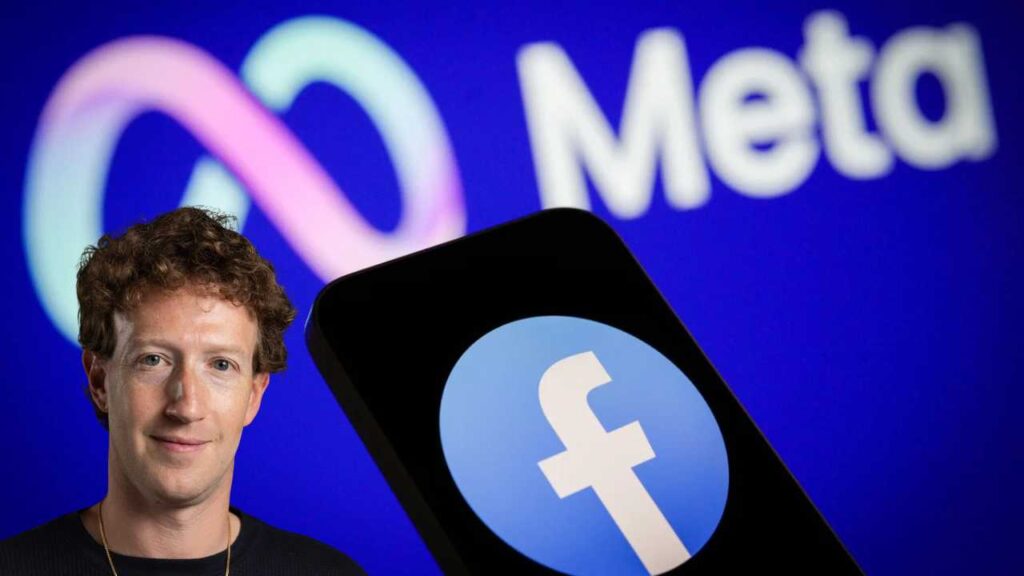Newly revealed internal documents show that Meta Platforms may have generated up to 10 percent of its 2024 revenue. About $16 billion from ads linked to scams and banned goods on its platforms. The documents cover the period from 2021 through 2025. Paint a picture of a company struggling to curb fraud despite public promises. According to the documents, users of platforms such as Facebook and Instagram saw an estimated 15 billion scam-ads daily in late 2024 alone. While many of these ads were flagged internally as high-risk. Meta rarely banned advertisers unless its automated systems estimated fraud risk at 95 percent or higher. When the system flagged a risk but didn’t reach the required certainty level.
Suspicious advertisers continued to run campaigns often at higher “penalty” rates. A deeper issue emerges around enforcement limits. Its advertiser safety team could not take actions costing more than 0.15 percent of company revenue roughly $135 million in that period. At the same time, some scam-linked advertisers reportedly generated tens of millions of dollars every month before the campaigns were shut down.
Meta has responded by saying the internal figures present a selective view and the actual proportion of scam-related revenue is lower. The company claims to have removed over 134 million pieces of scam-ad content in 2025. And to have reduced user-reported scam-ads by 58 percent in the past 18 months. Yet observers argue that the root problem remains. The ad-personalisation engine appears to funnel more scam-ads to users who click on them, reinforcing exposure rather than limiting it.
Regulatory scrutiny has intensified. Reports say Meta platforms accounted for more than half of all payment-related scam losses in the UK in 2023. The documents suggest the company is preparing for regulatory penalties of up to $1 billion .But points out that this sum is only a fraction of the revenue at risk from scam-ads. For advertisers, users and policymakers, this situation raises several questions. If a platform knows certain ads are high risk but allows them because the revenue is significant, who protects vulnerable users? If enforcement teams face budgetary guardrails tied to revenue loss, how effective can the system be? What does this imply for future regulation of online advertising?











